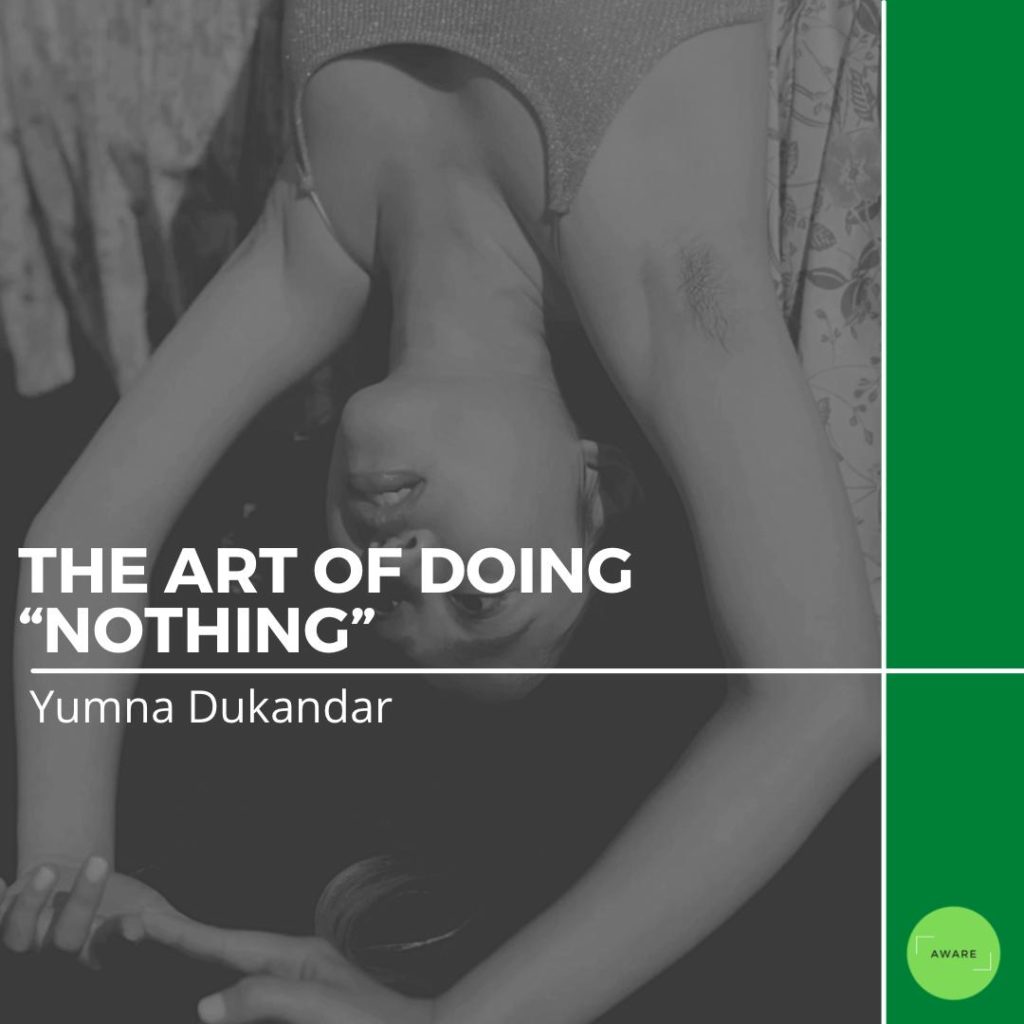You are curled up under a blanket and ready to dive into the new series you intended on binging. For most of us, this would be considered optimal relaxation. While there can be many ways to destress, it is important to spend some time doing something that seems easy but is quite the opposite: absolutely nothing.
Doing Absolutely Nothing
A 2019 study showed that the average person has a little over four hours of free time a week. Given how crammed everyday life can get, the tiny bit of free time we do have is usually spent on overstimulating activities such as scrolling through TikTok. Active relaxation is defined as a technique which involves connecting both the mind and the body to promote better overall wellbeing. This practice is unlike passive relaxation, which, as described above, includes things such as surfing through social media.
Nothingness is subjective. It can be perceived from multiple angles, depending on the individual person. Therefore, taking a moment to “do nothing” can be uniquely reflected through anything from simply staring at a sunset, to a focused and precise meditation. Active relaxation is said to decrease the activity of the nervous system, which usually takes forefront during periods of stress. Some of the benefits include increased self-regulation, boosting creativity, lowering blood pressure, and mood stabilization.
In a world that thrives off high energy activities, learning how to actively relax will take time and kindness. By starting slow and steady, you will create more space for these pockets of peace throughout your everyday. Some helpful techniques include –
- Progressive Muscle Relaxation – PMR involves tensing and relaxing major muscle groups within the body, usually starting from the legs and moving up towards the chest. Relieving muscle tension using this technique promotes overall relaxation within the body.
- Diaphragmatic Breathing – Deep breathing helps regulate the nervous system. The well-known 5-6-7 breathing rule has been proven to help reduce anxiety and psychological distress. To do this, inhale for five seconds, hold your breath for six, and exhale for seven seconds.
- Meditation – Mindfulness meditation includes bringing focus to the present moment with the hopes of welcoming acceptance and openness. This includes becoming aware of your senses such as sight, smell, and touch. Meditation is said to be a grounding experience and brings awareness to your internal and external environment.
Doing nothing is often associated with laziness. However, the art of doing nothing may just increase our overall efficiency. With this idea in mind, when was the last time you truly did nothing?
